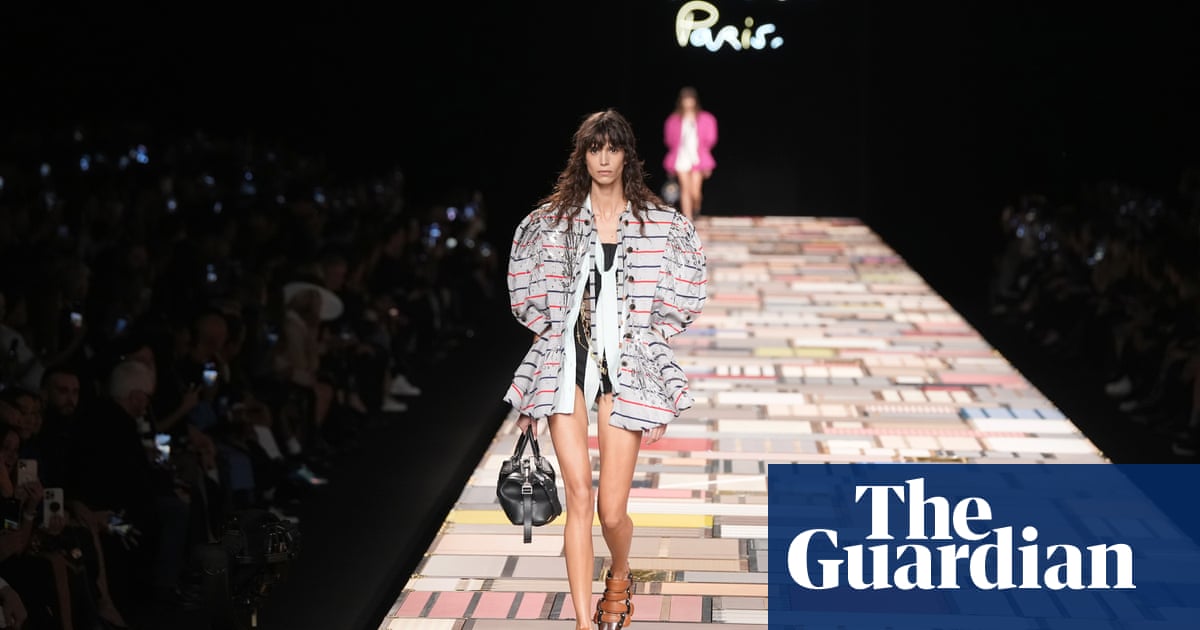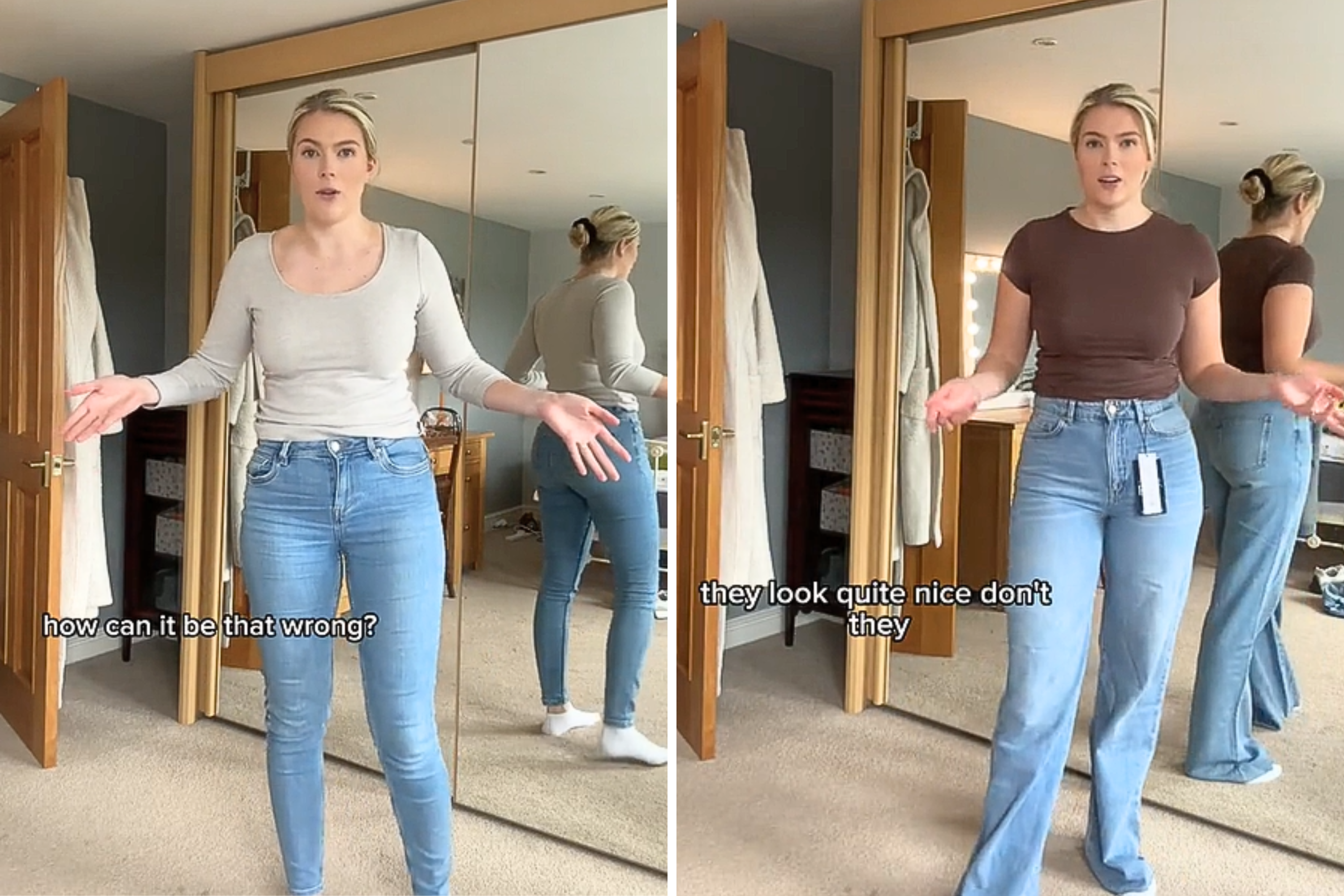Fashion
Louis Vuitton’s Nicolas Ghesquière time travels to Renaissance for Paris show

Nicolas Ghesquière, the designer of the biggest luxury brand in the world, says that what he does is time travel, not fashion.
Louis Vuitton is 170 years old but fashion only works when it is about the future, which makes time travel an essential part of the job description. Also, fancy travel is what Louis Vuitton luggage is all about, and time travel is the fanciest travel of all.
In a courtyard at the Louvre on Wednesday, there was a stage built out of Louis Vuitton trunks, slotted together like Lego blocks into a catwalk the size of a station platform. Last season marked Ghesquière’s 10th anniversary at the brand – he has talked about being married to Vuitton – and he told Vogue before the show he wanted this season to be “a renaissance”.
This turned out to be more than a metaphor. The models walked the catwalk of trunks in the dramatic power-dressing silhouettes of Renaissance court fashion. First on to the runway was a model in striped jacket with puffed sleeves, peplum waist and an upturned-triangle bodice.
These were the shaping tricks used by Tudor kings and nobles, who projected majesty and power through the broad shoulders and gravity-defying puff of their doublets. Ghesquière loves to dig up synergies in his travels through the ages, and here he made the point that cycling shorts, which look modern to our eye, are not dissimilar to breeches, which do not.
In the spirit of the Renaissance, science has made some improvements, with supple technical fabrics making jackets as light as blouses, even while liberally sprinkled with embroidery.
The price tags that will be attached to the accompanying handbags will bear sums with which a king could have bought a good-sized army. Soft power, on which the French luxury industry is built, does not come any cheaper than the other kind.
Ghesquière is able to be fiercely experimental with his clothes – he believes in the importance of “aesthetic danger” – because he presides over a handbag empire that delivers bankable hits every season. So transparent lace pantaloons were worn with a monogram clutch bag, and a tunic and one legged trousers with a neat shoulder bag in the house Damier check tucked under one arm.
after newsletter promotion
Experimentation is an important part of the puzzle. “I want to make a proposition that will touch people,” Ghesquière said. “Not everyone can wear the bags or the shoes or the clothes but they can share the emotion with us. What everyone is looking for in fashion is that freshness: a colour combination, a new construction.”
This was a comparatively low-key affair after a blockbuster anniversary show earlier this year, which packed 4,000 guests around a catwalk in the Louvre. “Fashion used to be something for weird people. Now it’s for everyone,” said Ghesquière. “I believe the reason fashion became so successful is that people recognised their differences and wanted to celebrate them.”








